Joe McDonald [1933 - 2023]

In December of last year (2023), a giant of education passed away. Montana’s own Joe McDonald was 90, and he left behind a legacy that will affect Native American students for generations to come.
Much has already been written about the breadth of his accomplishments. A brief Google search of Joe McDonald will provide these in detail. His crowning achievement, though, was the establishment of Salish Kootenai College (SKC) on the Flathead Reservation of western Montana in 1977, serving as its first president until retirement in 2010. He tirelessly worked to raise that college up from very humble beginnings to being one of the flagship tribal colleges with a national reputation for excellence. Along the way, he helped set up other tribal colleges across Montana, as well as serving as a resource for building colleges on other reservations across the country and beyond. But where did the vision, ambition and energy for a life devoted to service and education come from?
Joe was raised along Post Creek, north of Saint Ignatius, bordering historic Fort Connah on the Flathead Reservation. He was the great-grandson of Angus McDonald, a Scottish fur trapper who settled in the Mission Valley and established Fort Connah in 1846—the last Hudson Bay Trading Company’s trading post south of the 49th parallel and the oldest building still standing in Montana. (https://www.distinctlymontana.com/historic-fort-connah-last-hudson-bay-trading-post-us). Angus and his Nez Perce wife, Catherine, placed a high value on education and brought in tutors for their 12 children to be sure they would be well educated. Along the way, they shared their tutors with interested local tribal members. The importance of bettering oneself through education was instilled into Joe at a young age. This imperative would be, and still is, handed down through the successive generations of McDonalds.
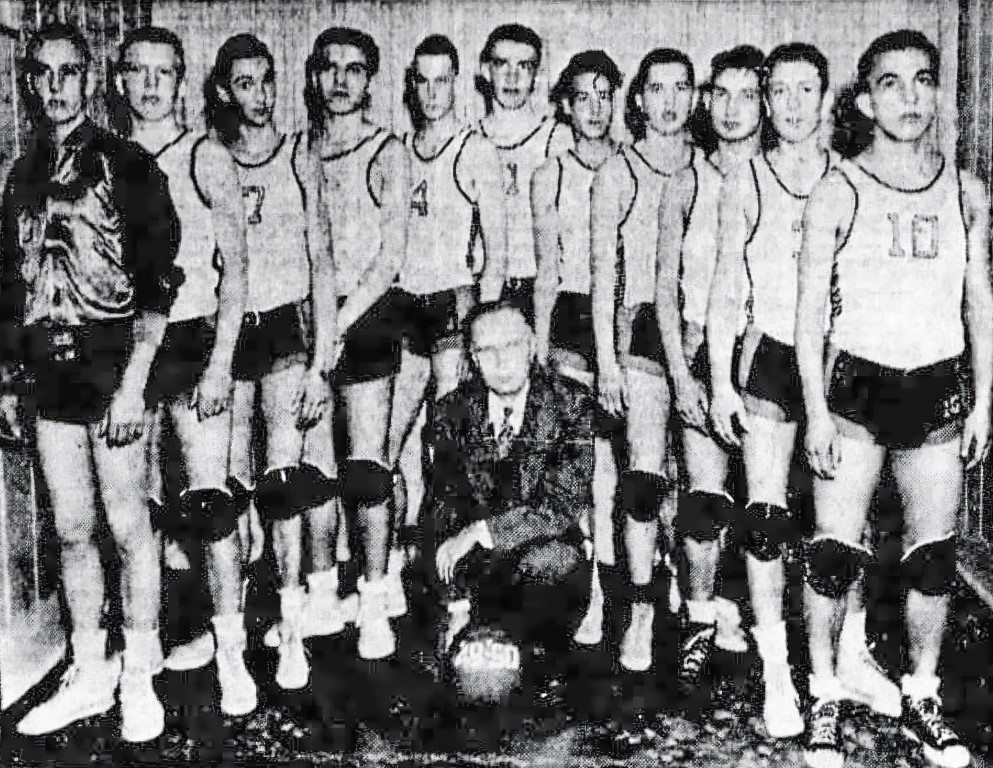
Joe had a very active childhood on his family’s ranch, learning to ride, rope and race, as well as the more mundane chores of life on a ranch. In school, he would find a lifelong home in organized sports and athletics. He was a gifted athlete—it didn’t matter the sport—football, baseball, basketball, and later, golf, Joe competed at all levels from grade school through college. He even competed in the Senior Olympics when he was in his 80s. Sports were in his DNA.
Shortly after graduating from high school, he was able to secure a basketball scholarship at Western Montana College. It was at Western where he met his future partner in life, Sherri. They graduated from Western in 1953 and for the next 14 years he coached at K-12 schools across Montana, then finally coaching at the University of Montana (UM) and Northern Montana College. Along the way he picked up his bachelor’s and master’s degrees at UM in Education, Health, and Physical Education. He would later add a doctorate of education from UM.
Many life lessons can be learned from playing sports and, in particular, coaching. Apart from it being a natural progression from being a player, successful coaches develop qualities of leadership, team building, cultivating personal relationships, inclusivity, inspiring and motiving your players to their maximum potential—all things Joe would excel at.
Over those 14 years Joe built a statewide reputation for excellence which helped bring him “home” in 1967 as the principal and assistant superintendent of Ronan Public Schools. Apart from his newfound responsibilities as principal, he was, of course, also coaching many of the school’s sports. Whether it was in academics or athletics, Joe was always all about the student—either helping to lift up those who were struggling, or propelling the more successful to a higher level. Joe saw athletics as a way to keep Native kids in school, who were otherwise dropping out at a high rate. During his tenure as athletic director, Ronan claimed one state football championship, three track and field championships and three wrestling state championships.
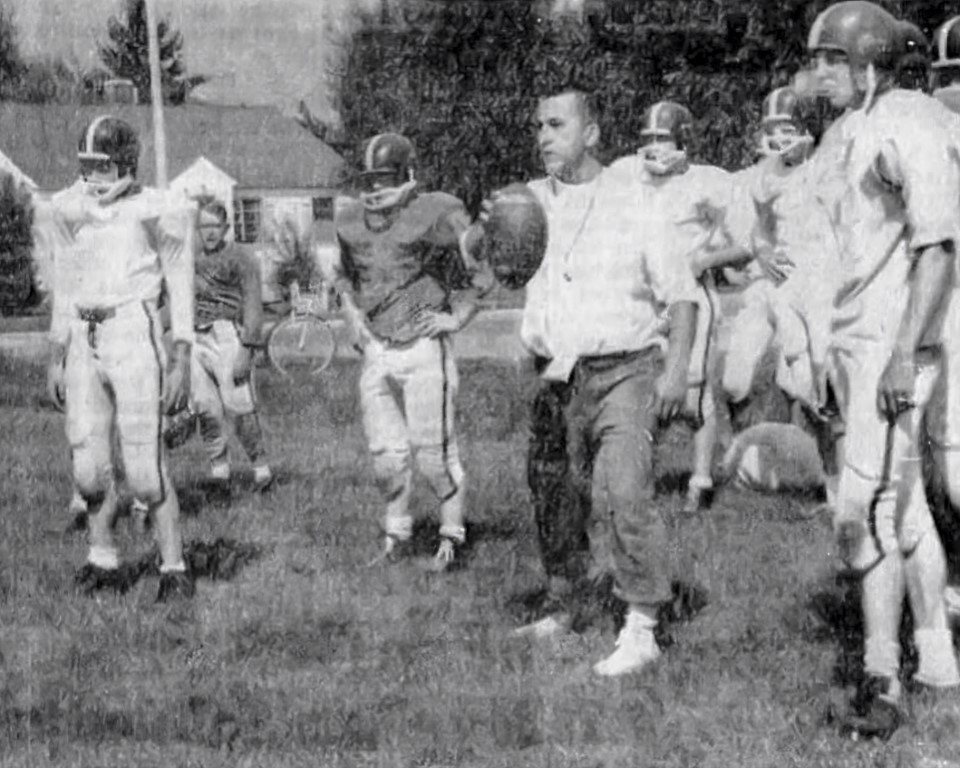
While at Ronan, the Navajo Tribe started the first tribal college in the country in 1968: the Navajo Community College, now known as Diné College. Joe realized the value and potential of tribal colleges to provide education to Native populations, especially in rural communities, in a culturally competent manner. He became an early advocate of the tribal college system and he dared to envision such a college on the Flathead Reservation. Despite long odds and many hurdles, Salish Kootenai College (SKC) was chartered in 1977. They had no buildings, no classrooms, no student services and no full-time instructors. Joe opened up an SKC checking account with $5. By the time of his retirement in 2010, the college resources included a 130-acre campus, 53 instructional and support buildings, student housing, 91 full-time faculty, a $10 million endowment and boasted a net worth of over $75 million.
Where did this “daring” to dream big come from? A clue may come partly from Joe’s summer job with the Forest Service right out of high school. For four years, he spent his summers as a smokejumper, initially out of West Yellowstone. Smokejumpers back then had a confidence and a swagger about them, probably much like the “flyboys” of World War II. But life as a smokejumper was not all excitement; there was training, mundane chores and discipline, again not unlike the military. These are all traits that Joe would have carried over from his athletics. He was fond of saying, with his signature grin, that he had to jump out of the very first plane he ever flew in! But it takes a certain daring, courage and confidence to jump out of a plane into a fire. That daring to not be afraid to jump or to pursue lofty goals against the odds, and the confidence of knowing they are achievable after hard and sometimes boring work, were innate traits of Joe McDonald.

A hallmark of SKC, both in its staff and its faculty, is its diversity. Being a tribal college, the focus of the its mission and curriculum is naturally Indian education and cultural preservation, such as teaching the Salish and Kootenai languages, as well as cultural arts and crafts. But Joe saw a broader role for SKC. His vision for the college was one that could serve the whole of the Flathead Reservation community, tribal and non-tribal alike. Many programs he supported developing were not strictly “cultural.” A main emphasis was to increase Native graduation rates across many disciplines, such as nursing, social work, education and life science, to name a few. However, programs were there for the benefit of all. As the reputation of SKC grew, it began to attract students from many tribes across the U.S. and Canada. At one time there were over 100 tribes represented within the ranks of students and faculty at SKC. To teach some of these courses it was often necessary to hire outside of the tribe, which meant a portion of SKC faculty was, and still is, non-tribal. Joe’s ability to motivate and mentor his faculty, regardless of ethnicity, to always look for ways to improve the student experience, is how SKC became one of the flagships of the tribal college system.
Although Joe was an enrolled member of the Confederated Salish and Kootenai Tribes, he also embraced his Scottish ancestry. He was active in the Fort Connah Restoration Society and would enthusiastically MC the annual “rendezvous” hosted on site most summers. He would recount stories of Angus and Catherine and help bring the history of Montana’s fur trapping past and the fort alive. He attended many Clan McDonald gatherings and was not averse to donning a kilt. Once he was invited to speak at a conference on preserving endangered languages on the Isle of Skye in Scotland in the 1990s. After the conference he attended a Clan McDonald gathering on the mainland. He related to the author that he showed up in his Native regalia. Now that would have been a sight to see! He could walk in both worlds and was at ease in either society.

Above all, Joe was about family—both the direct and extended “McDonald Clan.” He and Sherri would go to all games of all sports of all their kids, grandkids and great-grandkids. Beyond that, they would support the various local community teams, even if they had no direct descendants on the teams. In a very real way, he considered all the kids on the reservation as his extended family. This certainly carried over to his interactions with the SKC students and the pride he felt for every one that crossed the stage during graduation ceremonies who received their diploma from him.
These are just some of the traits that this author feels were at the core of Joe McDonald. The leadership, team building, compassion and ambition borne of his athletic past and coaching, the daring and perseverance to reach higher, as demonstrated during his smokejumper days, his sense of diversity celebrated through his own Scottish ancestry, his inclusivity manifested through his support of generations of kids. There is an expression that one can see further when standing on the shoulders of a giant. All of us who have been involved in any portion of Indian education over the past 40 years have been able to see and dream much further through Joe’s many accomplishments and mentoring. His are moccasins that will not be filled easily by those who follow.
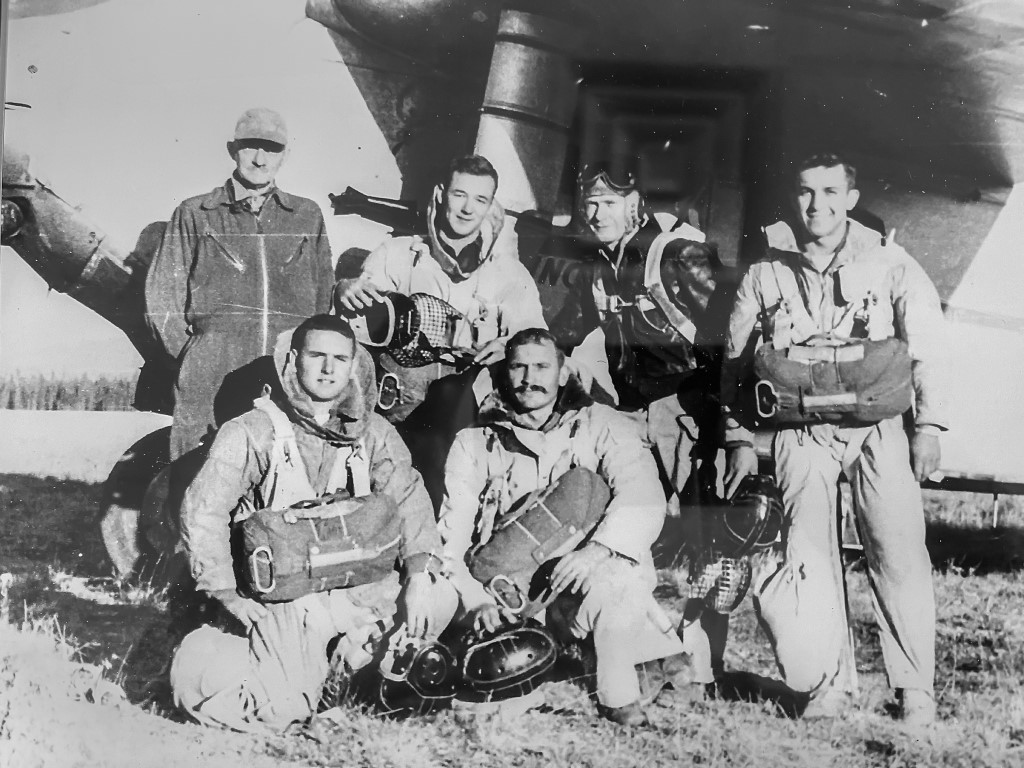


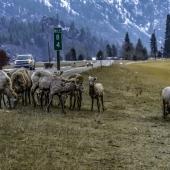
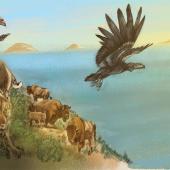
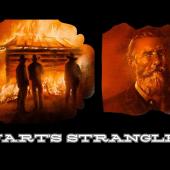

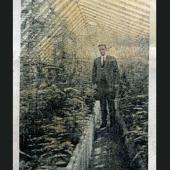
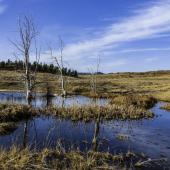

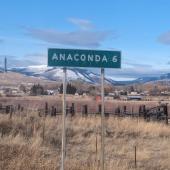
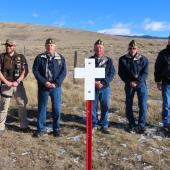

Leave a Comment Here